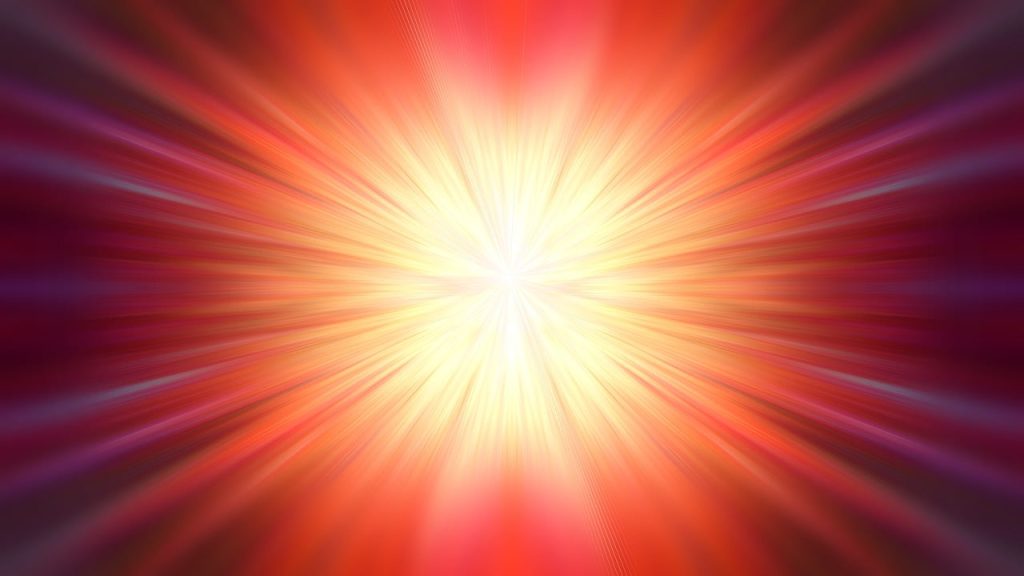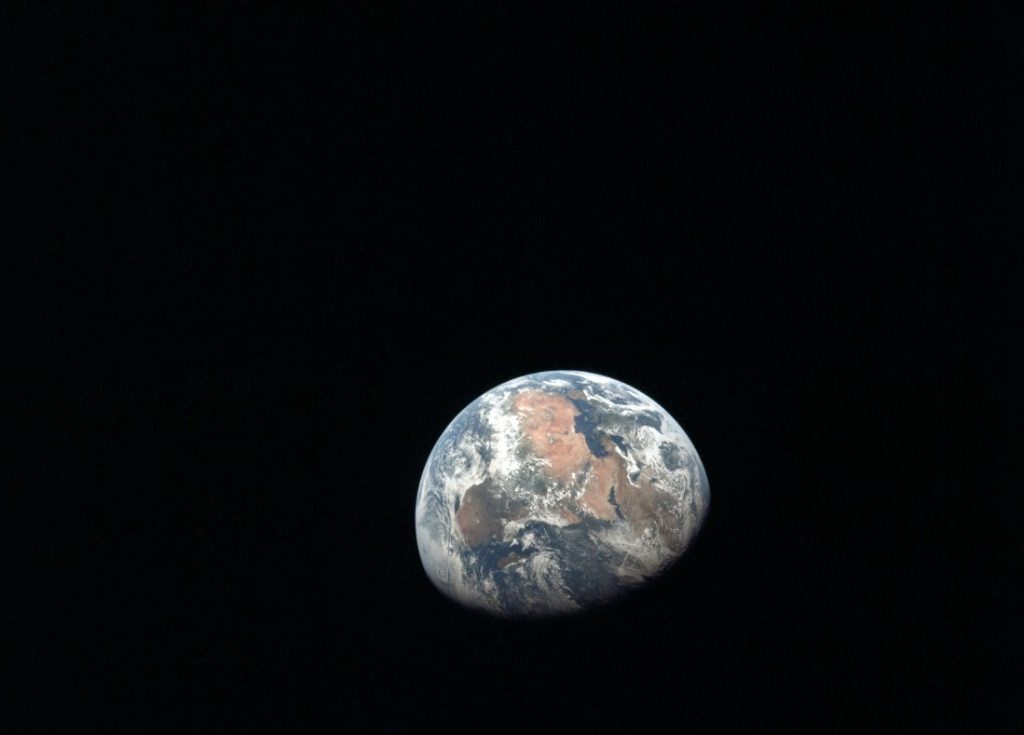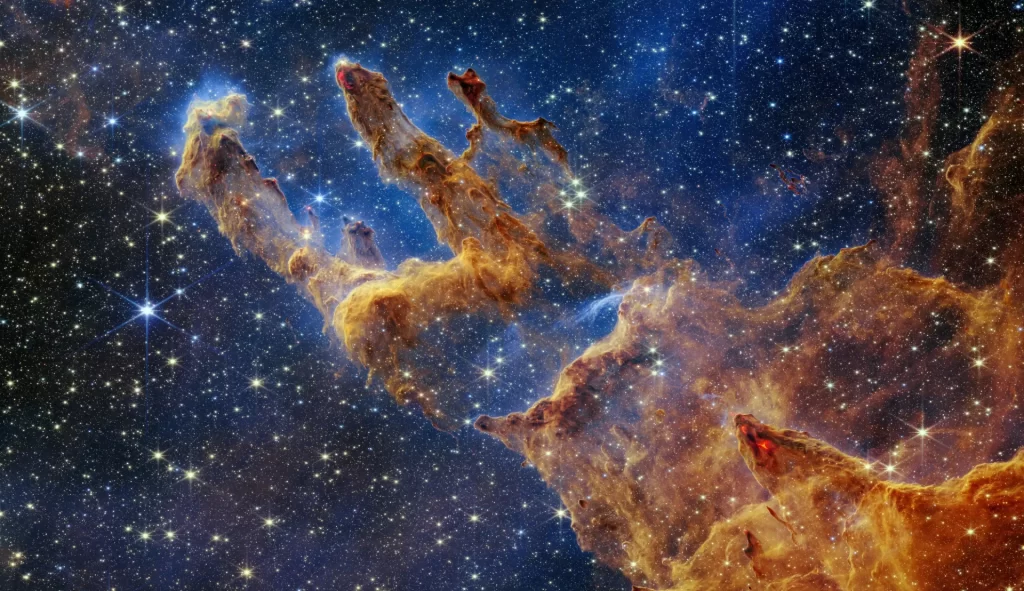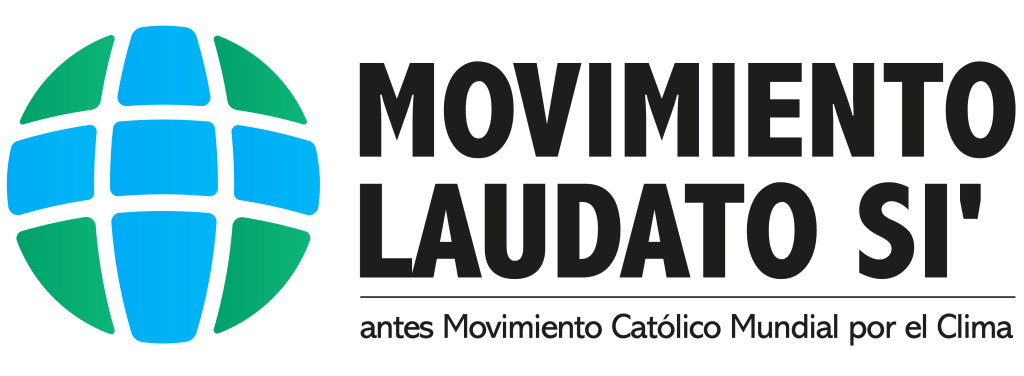In recent decades, September 1 has emerged as an important Christian celebration of Creation. It goes by various names: Feast of Creation, Creation Day, World Day of Prayer for Creation, and so on. It has become particularly popular via the ecumenical celebration of the larger Season of Creation, which begins on September 1 and runs through October 4, Feast of St. Francis.
But, why September 1? What is the significance of this particular day?
THE RICH HISTORY OF SEPTEMBER 1
In Orthodox Christianity, there is an ancient practice of observing September 1 as the “Day of Creation”, marking the day in which God began the creation of the universe as described in the first chapter of the Bible. September 1 is the very day that symbolizes the expression “In the beginning”, the famous opening of both the Book of Genesis and the Gospel of John. It represents the very day in which God said “Let there be light.”

Credit: Pixabay (geralt).
In fact, the Byzantine “Creation Era” calendar (officially used by the Ecumenical Patriarchate of the Orthodox Church from the 7th to the 18th century) stipulated that God began the creation of the cosmos on September 1 of the year 5509 BC. That timing was derived from biblical chronological calculations, in a way that is somehow similar to the Jewish calendar, which also follows (still today) a biblical Anno Mundi system while celebrating its New Year – the feast of Rosh Hashanah – in September (but being a movable date). On such feast, Jewish liturgies proclaim: “Ha-yom harat olam” – “Today the world was born”.[1]
When the Orthodox Church transitioned from that Anno Mundi system to the Western Anno Domini system, it still kept the tradition alive by maintaining September 1 as the first day of its liturgical year, which also is the case in Eastern Catholic rites. [2]
Building on that rich tradition and reading the “signs of the times” of the ecological crisis, in 1989 the Ecumenical Patriarch Dimitrios expanded the day’s symbolism to also be a day of prayer for creation in the Orthodox Church, a day to offer “prayers and supplications to the Maker of all, both as thanksgiving for the great gift of Creation and as petitions for its protection and salvation.” For pastoral and practical purposes, some Orthodox churches moved it to the first Sunday of September, rather than a fixed date on September 1.
In 2015, Pope Francis followed suit and established the World Day of Prayer for the Care of Creation on September 1 for the Catholic Church. And sometime before, also inspired by the Orthodox celebration, the World Council of Churches extended it to be a month-long “Season of Creation” from that day till October 4 (Feast of St. Francis, patron saint of ecology), which all major Christian denominations then joined to celebrate together.
THE RICH SYMBOLISM OF THE FEAST
For starters, it is worth noting how the Feast of Creation is much broader and deeper than Earth Day or Environment Day. Not only because of the centrality that God has in the feast, but also because we celebrate Creation at large. Both Earth and stars. Both ecology and astronomy. Both Earth’s web of life and the cosmos’ web of matter.
Moreover, when we celebrate the Feast of Creation (and the larger season flowing from it), we celebrate two distinct meanings of the word “Creation”: the event (aka Big Bang) and the fruit of the event (aka cosmos). As Pope Francis explained recently: “Creation refers both to God’s mysterious, magnificent act of creating this majestic, beautiful planet and universe out of nothing and to the continuing result of that act, which we experience as an inexhaustible gift.”

Earth from Apollo 11. Credit: NASA.
On the Feast of Creation, we celebrate both the mystery of God’s loving command “Let there be light” (Gen 1:3), and the resulting cosmos that God found “very good” (Gen 1:31). We observe both the ancient commemoration (from late antiquity) of the sacred words “Let there be light” and the newer commemoration (from 1989) of the sacred artwork that is “very good” and must be protected.
The second meaning, the celebration of the natural world that God gifted us, is what many (most?) Christians implicitly do when participating in the feast. Understandably, as our fragile Earth is so imperiled by human abuse.
Yet, we must also be intentional about celebrating its first meaning as well. September 1 is a feast to celebrate the great mystery that God is Creator – not just a Redeemer. September 1 is a feast to celebrate God’s loving decision to create the universe. September 1 is a feast to celebrate that very first event of cosmic history, the very creation of time and matter.
Thanks to mindblowing scientific discoveries, we now know that the creation of the universe did not begin 7500 years ago (i.e. September 1 of 5509 BC), but rather with the famous Big Bang about 13.8 billion years ago. Even if the timescale is now vastly different, science affirmed the longstanding biblical view that the cosmos had a beginning. [3]

“The Pillars of Creation” by James Webb Space Telescope. Credit: NASA, ESA, CSA, STScI.
The ancient symbolism of September 1 as “the beginning” is as valid and evocative as ever in this day and age. And the words “Let there be light” are actually very appropriate to ponder that mysterious grand explosion known as the Big Bang.
The same way that the feasts of Christmas and Easter commemorate the great events and great mysteries of Incarnation and Redemption, the Feast of Creation commemorates the great event and great mystery of Creation. These three mysteries – Creation, Incarnation, and Redemption – are the very foundations of our faith. Yet, Creation is the neglected one, as Benedict XVI has pointed out. [4] The Feast of Creation (and the broader season) is helping remedy that.
Let us pray that the Feast of Creation might fill our hearts with overflowing gratitude and praise to our beloved Creator, the Triune God. That we might join St. Francis in singing “Laudato Si’!” for and with Brother Sun, Sister Moon, Sister Stars, and beyond.
And let us pray that the Feast of Creation (and its child, the Season of Creation) might deepen our awe and wonder with the natural world, while revitalizing our commitment to stop the desecration underway. That we might join St. Francis in healing our dear sister, Mother Earth, and all her creatures.
[1] Rabbi Eliyahu Kitov, The Book of Our Heritage (1979), as cited in Chabad.
[2] Beginning the liturgical year with Creation Day has interesting symbolism: Creation is the very first step of salvation history, the prerequisite for the rest of God’s actions to then follow. It is worth noting that in Orthodox tradition, besides marking the Day of Creation, September 1 also marks the beginning of Christ’s public ministry and it is known as the Feast of the Indiction (as it marked the beginning of the civil calendar of the Byzantine Empire and tax collection).
[3] Whether the universe had a beginning was originally unclear and hotly debated in scientific circles for a long time. As the renowned NASA astronomer Robert Jastrow once put it, scientists “have proven, by their own methods, that the world began abruptly in an act of creation to which you can trace the seeds of every star, every planet, every living thing in this cosmos and on the earth. And they have found that all this happened as a product of forces they cannot hope to discover.” Interestingly, the “father of the Big Bang theory” was a Belgian Catholic priest and scientist, Georges Lemaître, although his primeval atom technically doesn’t exclude the possibility of a contracting universe before it.
[4] As Benedict XVI said: “In recent decades the doctrine of Creation had almost disappeared from theology, it was almost imperceptible. We are now aware of the damage that this has caused. The Redeemer is the Creator and if we do not proclaim God in his full grandeur – as Creator and as Redeemer – we also diminish the value of the Redemption.”






We can be children of light in our attitude and behavior to each other .
Very interesting. Thank you.
Enlightening and inspiring!
Thank you for this insightful article. The Creation day celebration on September 1st would help all believers to unite in prayers and practices for eco-justice. I should be, ecumenically and secularly, venerated as the incarnation day (Christmas) and redemption day (Easter) to promote environmental ethics.